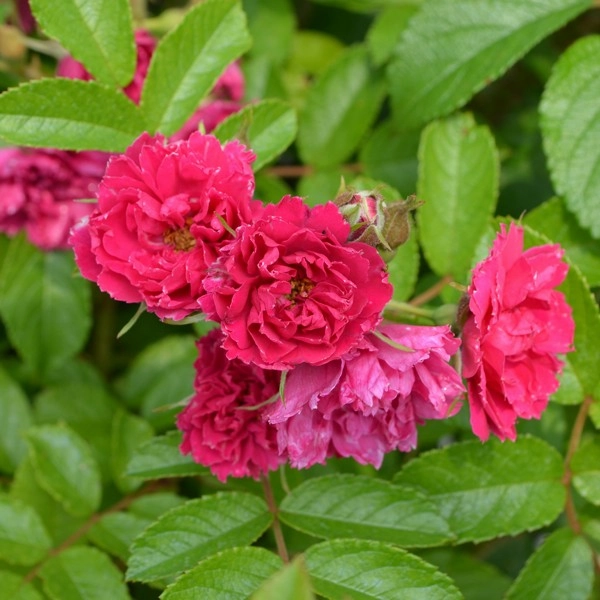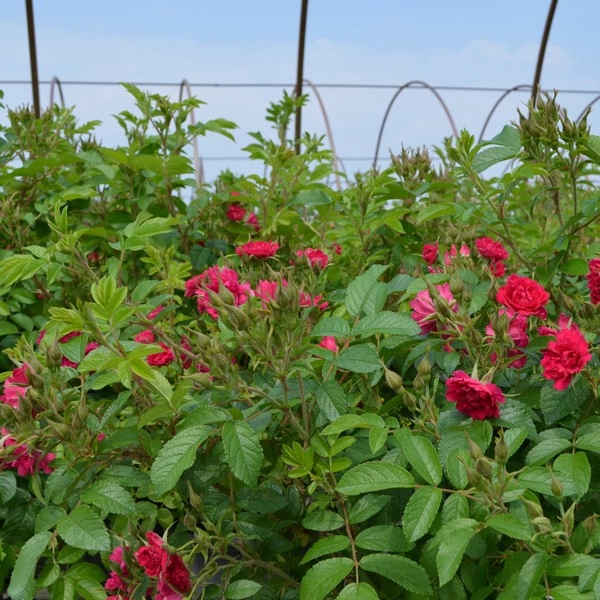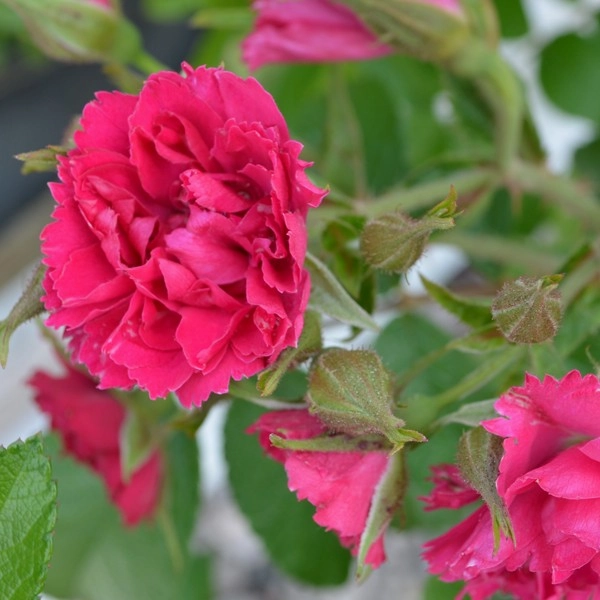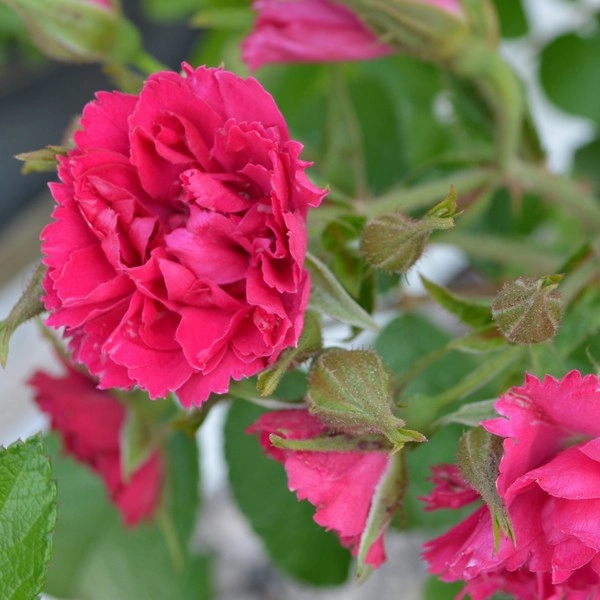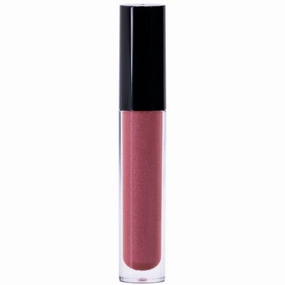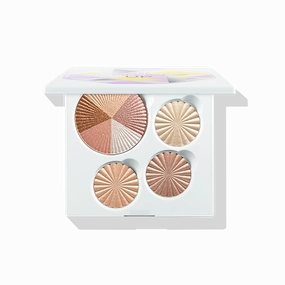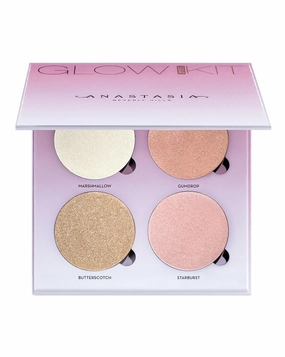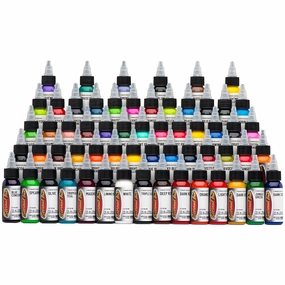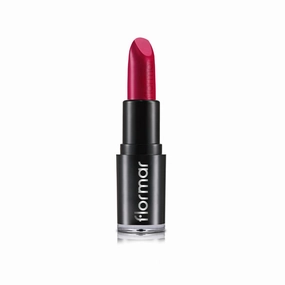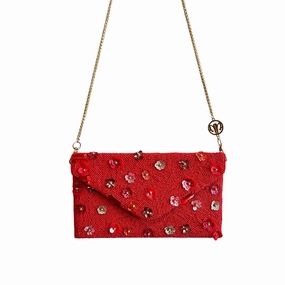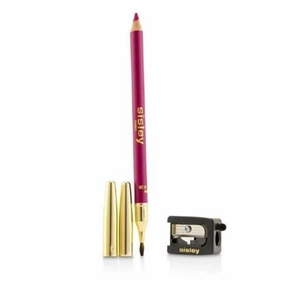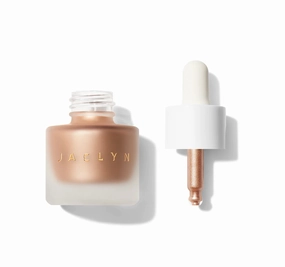The F. J. Grootendorst is a hybrid Rugosa Rose bush (Rosa rugosa 'F. J. Grootendorst') that displays big, flouncy clusters of blooms with frilled edges and a delightfully spicy fragrance! These fluffy flowers resemble fringed carnations and appear in large clusters in the most enchanting deep pink blooms that are almost crimson lipstick red when they first open! Once fully open, the petals fade to dark pink and reveal golden centers that are a beacon for pollinators, inviting them in for a sip of nectar and to roll around in the golden pollen!
F. J. Grootendorst has crinkly, bright green foliage that completely fills out this slightly wider-than-tall, bushy, vigorous and upright-growing shrub. In fact, the name Rugosa is a Latin word meaning full of crinkles! It will stay low growing and act like a groundcover Rose if pruned back each spring. Plus, those abundant flowers bloom from June until frost throughout USDA planting zones 4 to 8!
Retaining their Rugosa and Heirloom family advantages, F. J. Grootendorst is as easy to grow, vigorous, and resistant to salt, insects, and disease as the rest of the family! Plus you and your songbirds will enjoy the colorful fat Rosehips that form in the autumn and can persist into the cold months for winter interest! The thorny canes may be a drawback, but more so for deer that try to make your flowering shrub into lunch!
Planting and Application:
F. J. Grootendorst is very thorny like most Rugosas and its dense branching means ideal bird roosting and nesting hot spots while also providing you with a thorned defensive planting that few have the chutzpah to tangle with! Grab a good pair of leather gloves when handling these canes! Luckily, you only need to work with them once a year for pruning, unless you are snipping a few for your bouquets. Even the rosehips look great in outdoor holiday decorations and indoor floral arrangements - both dried and fresh! Plus you can dry the hips for tea, potpourri, and dried décor, or make them into preserves rich in Vitamin C.
Any garden with one of these bloomers is a boon to nectar-hungry honeybees and butterflies that will seek them out all growing season! A single shrub makes a great specimen and focal point for filling garden beds and Rock Gardens with ruffled bright pops of color and textured green foliage! Smaller pruned shrubs can even be kept in large outdoor planters with ease!
Don't worry about salt spray from the road, Rugosa Roses are salt tolerant! Plant them without worry along roadside hell strips, the sidewalk, and the driveway! Just give them a bit of room to avoid snagging clothing. Coastal gardeners can also enjoy these free-flowering plants in their seaside gardens!
- Big Clusters of Ruffled Carnation-Like Pinkish Red Blooms
- Very Spicy Fragrant Flowers
- Highly Textured Ornamental Foliage
- Colorful, Bird-Friendly Fall Rose Hips
- Wildlife & Pollinator-Friendly & Lovely Cut Flowers (Just Wear Gloves!)
- Hedges, Specimens, Defensible Plantings, Containers & Groundcover
#ProPlantTips for Care:
Rugosa Roses are very tolerant of harsh conditions! They can tolerate wind, poor soil, and salt spray. F. J. Grootendorst grows best in fertile, moist, well-drained soil in full sun. Great air circulation, regular fertility, and a 3-4 inch thick layer of mulch are all helpful to keep this shrub reblooming and carefree! Remove fallen leaves to help prevent disease and Rugosas respond well to pruning so it can be kept smaller if desired. For everything about pruning Roses, winterizing Roses, and un-wintering Roses in spring in our #ProPlantTips Garden Blog!
- Full Sun
- Adaptable to Most Well-Drained Soil Types
- Moderate to Low Moisture Needs Once Established
- Deer Seldom Bother It & Salt Tolerant
- Prune Early Spring
For a wonderfully fragrant and cold-hardy Rosebush that will delight you and your songbirds and butterflies - order the flirty and frilly F. J. Grootendorst Hybrid Rugosa Rose today from Nature Hills!
Rose Bush FAQs
Where Is The Best Place To Plant Rose Bushes?
Roses need a protected location in prefer full sun and favor the drying power of the morning sun and flower best in at least 6 hours of direct sunlight a day. Choose a location in good, enriched soil that drains well and has good air circulation.
What Is The Best Month to Plant Roses?
You can plant Roses any time if you can provide enough consistent moisture and attention. While there is not a specific month that is best, generally because it changes with temperatures, climate and growing zone. However, the easiest times of the year to get Rose bushes established in your landscape are in spring after the last frost date, and in fall about 4-6 weeks before the first frost.
Do Roses Come Back Every Year?
Rose bushes are deciduous woody perennial shrubs and will return bigger and better each year.
How Do I Find Rose Bushes & Trees for Sale Near Me?
Make your life easier and your yard happier by shopping for Roses at NatureHills.com online nursery. You'll find a massive selection of Rose bushes for sale, including many lovely Tree-form and Climbing Rose varieties!
Choose the right shrub for your area by first finding your growing zone by entering your zip code in the field above the Plant Highlights section on our product pages. Narrow down your options by plant hardiness zone, sun availability, and size requirements.
Place your order, knowing it's backed by the Nature Hills Nursery product guarantee and protected by Plant Sentry™, which helps ensure regulated plant materials aren't sent to prohibited areas.
Expect to receive your plants at the appropriate planting time for your growing zone when temperatures are safest to ship through and into.
What Shipping Options Do You Offer?
NatureHills.com works closely with our growers and nursery professionals to ensure we ship when it is most appropriate for your area. Our goal is to deliver the hardiest plants by avoiding extreme high and low temperatures. Check out our shipping schedule for more information and to learn our wills and don'ts when it comes to shipping plants. Find your Roses for sale here at NatureHills.com!

